Three large plates are arranged as shown. How much charge will flow through the key k if it is closed?
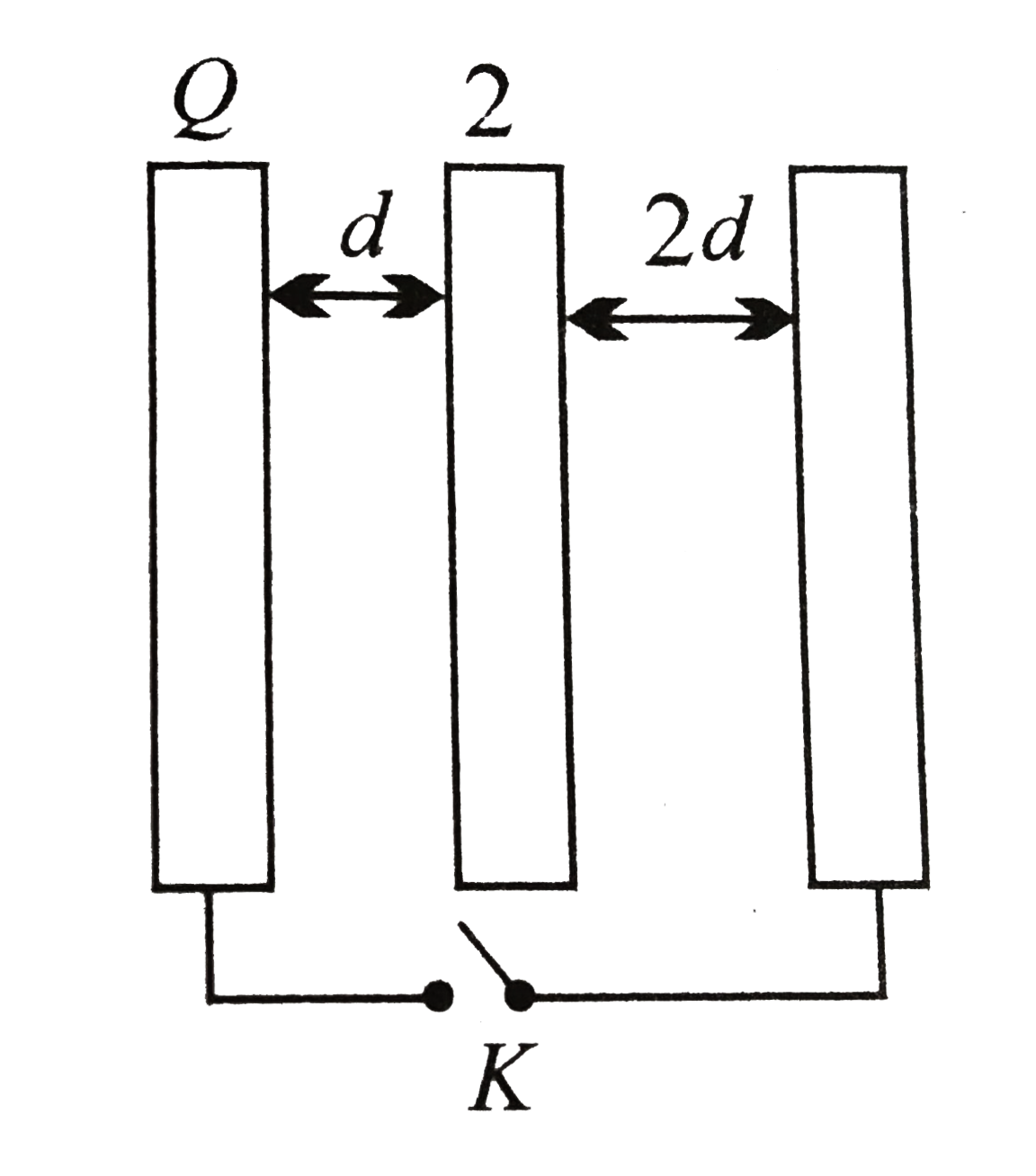
43467
43469
4
√85
Step by step video & image solution for Three large plates are arranged as shown. How much charge will flow through the key k if it is closed? by Physics experts to help you in doubts & scoring excellent marks in Class 12 exams.
Updated on:21/07/2023Topper's Solved these Questions
Similar Questions
Three large plates are arranged as shown. The charge will flow through the key K if it is closed if nQ6 find the value of n.
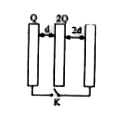
View SolutionFour capacitors of capacitance 10μF and a battery of 2V are arranged as shown. How much μC charge will flow through AB after the switch S is closed ?

View SolutionThe flow of charge through switch S if it is closed is
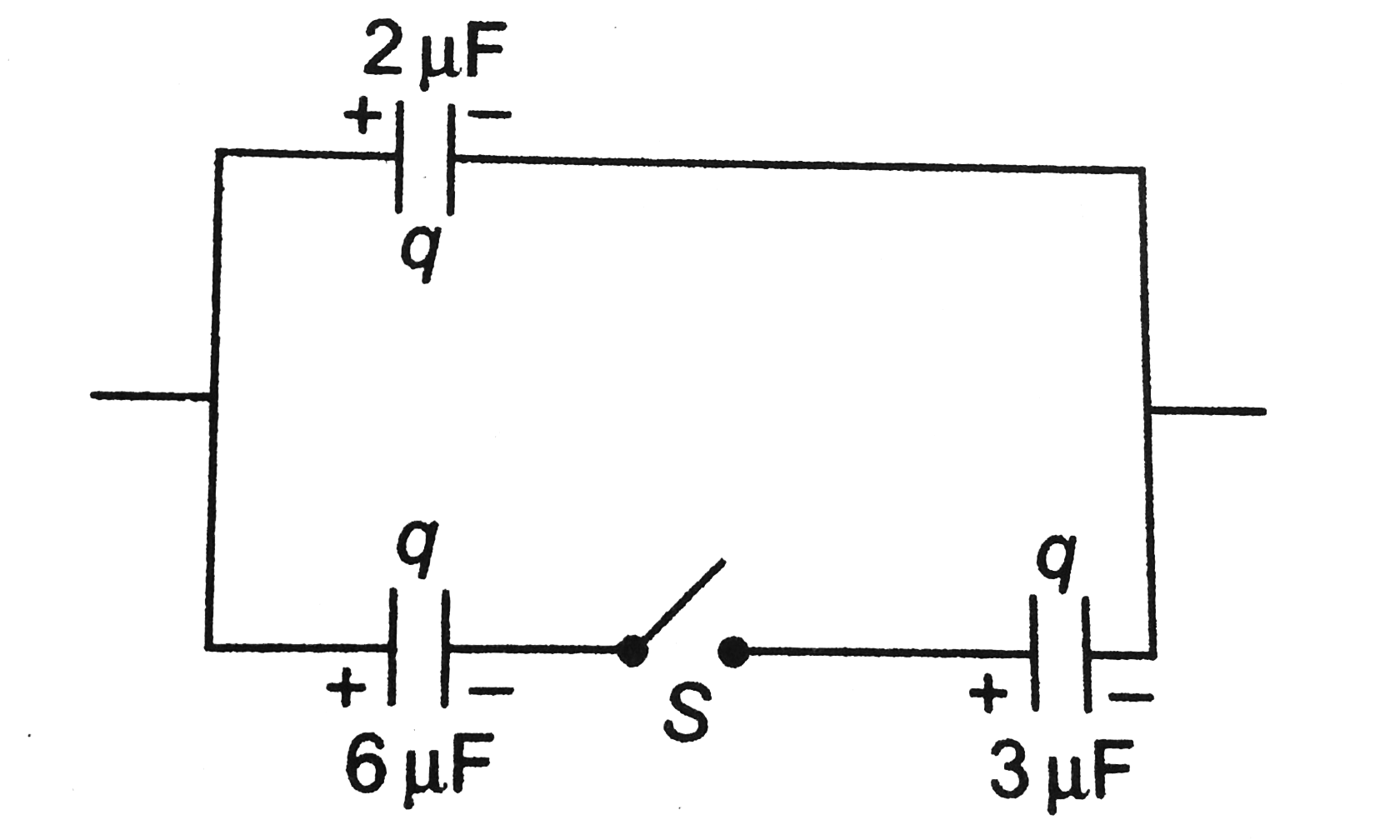
View SolutionThe metal plate on the left in Fig, carries a charge +q. The metal plate on the right has a charge of −2q. What charge will flow through S when it is closed if the central plate is initially neutral ?
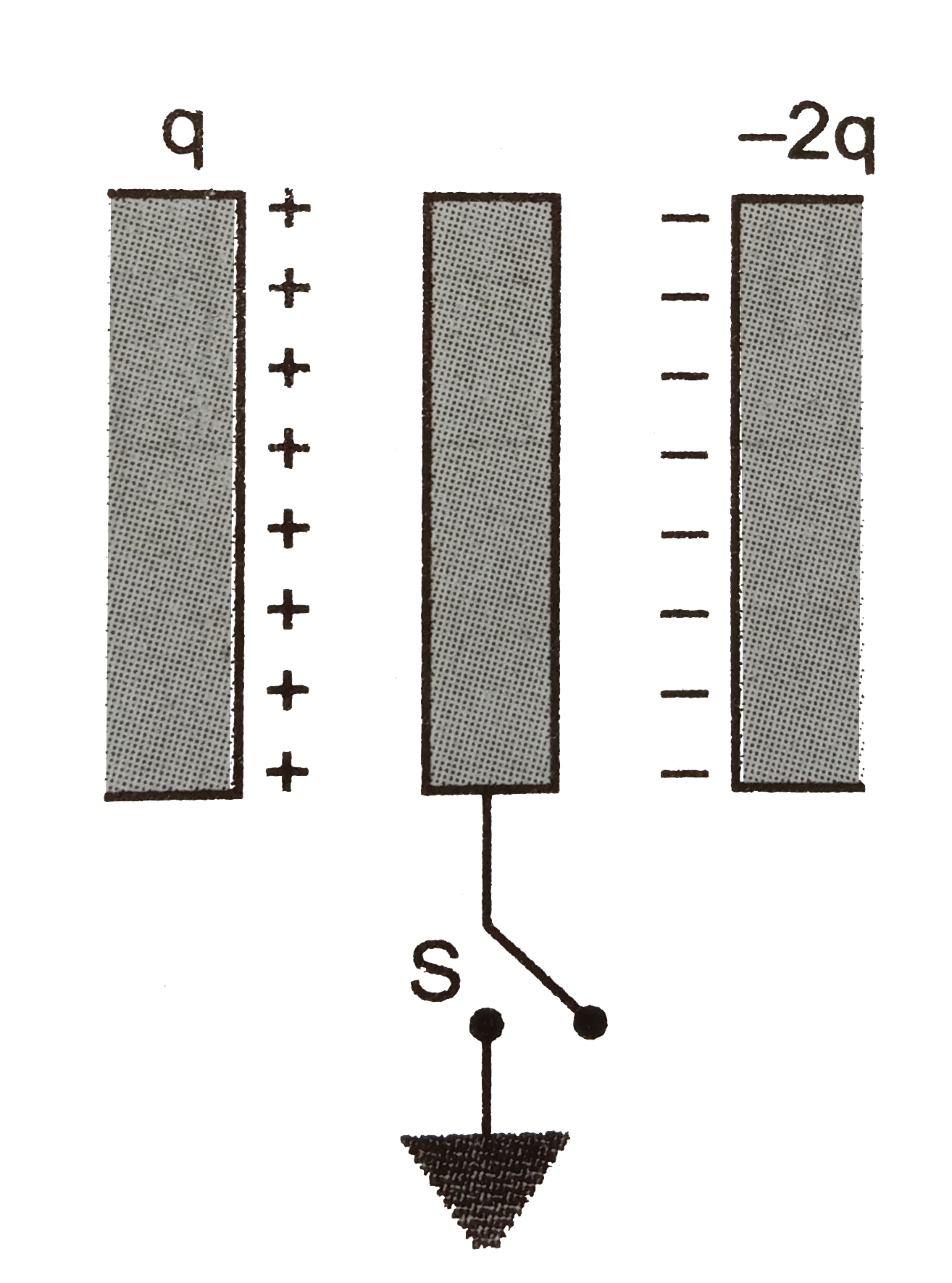
View SolutionEach capacitor shown in figure has a capacitance of 5.0 mu F , The emf of the battery is 50 V , How much charge will flow though AB if the switch S is closed ?

View SolutionSix capacitors each of capacitance 'C' is connected as shown in the figure and initially all the capacitors are uncharged . Now a battery of emf =ε is connected. How much charge will flow through the battery if the switch is on :
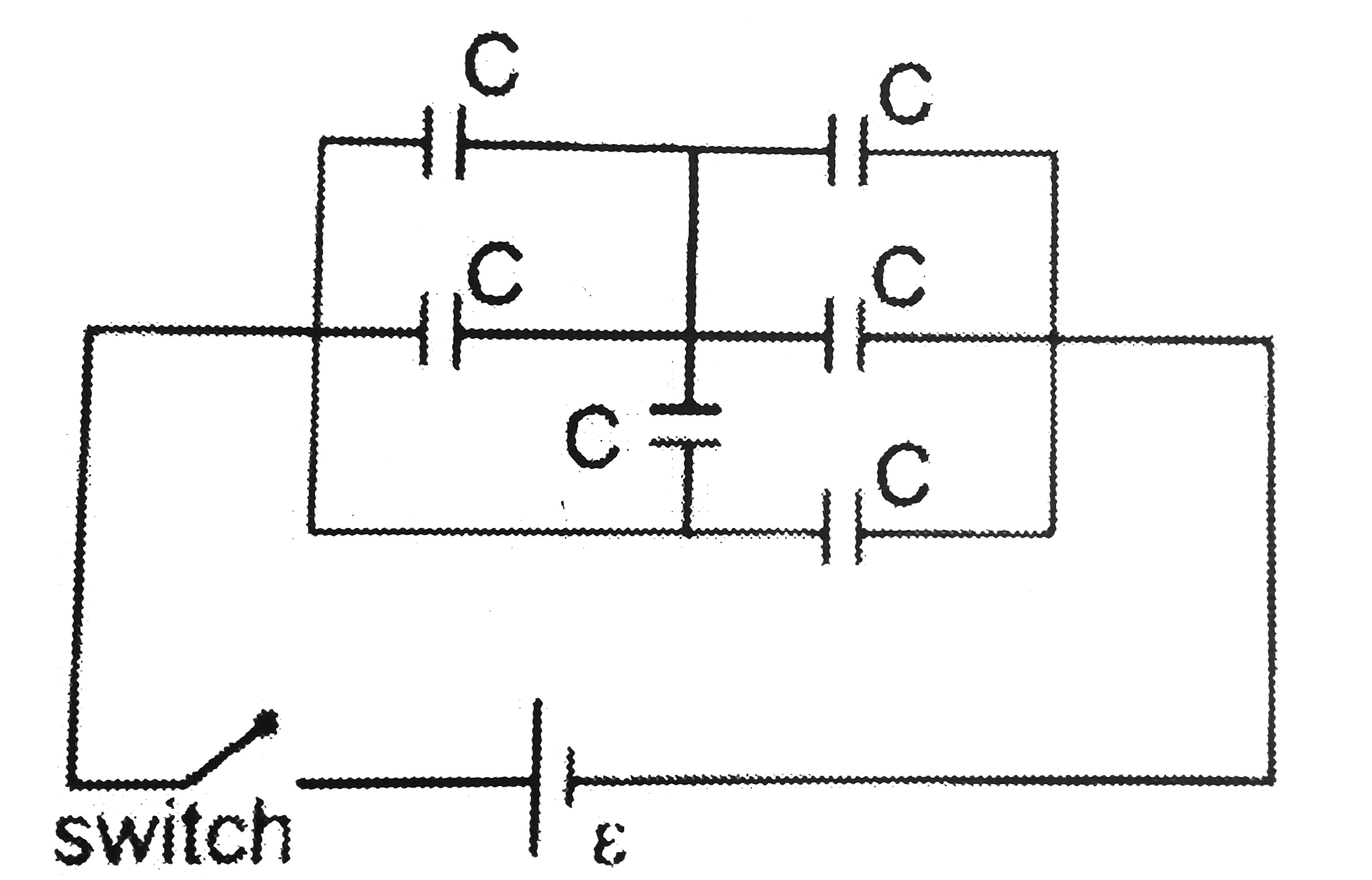
View SolutionThree identical large metallic plates are placed parallel to each other at a very small separation as shown in. The central plate is give a charge Q. What amount of charge will flow to earth when the key is pressid?
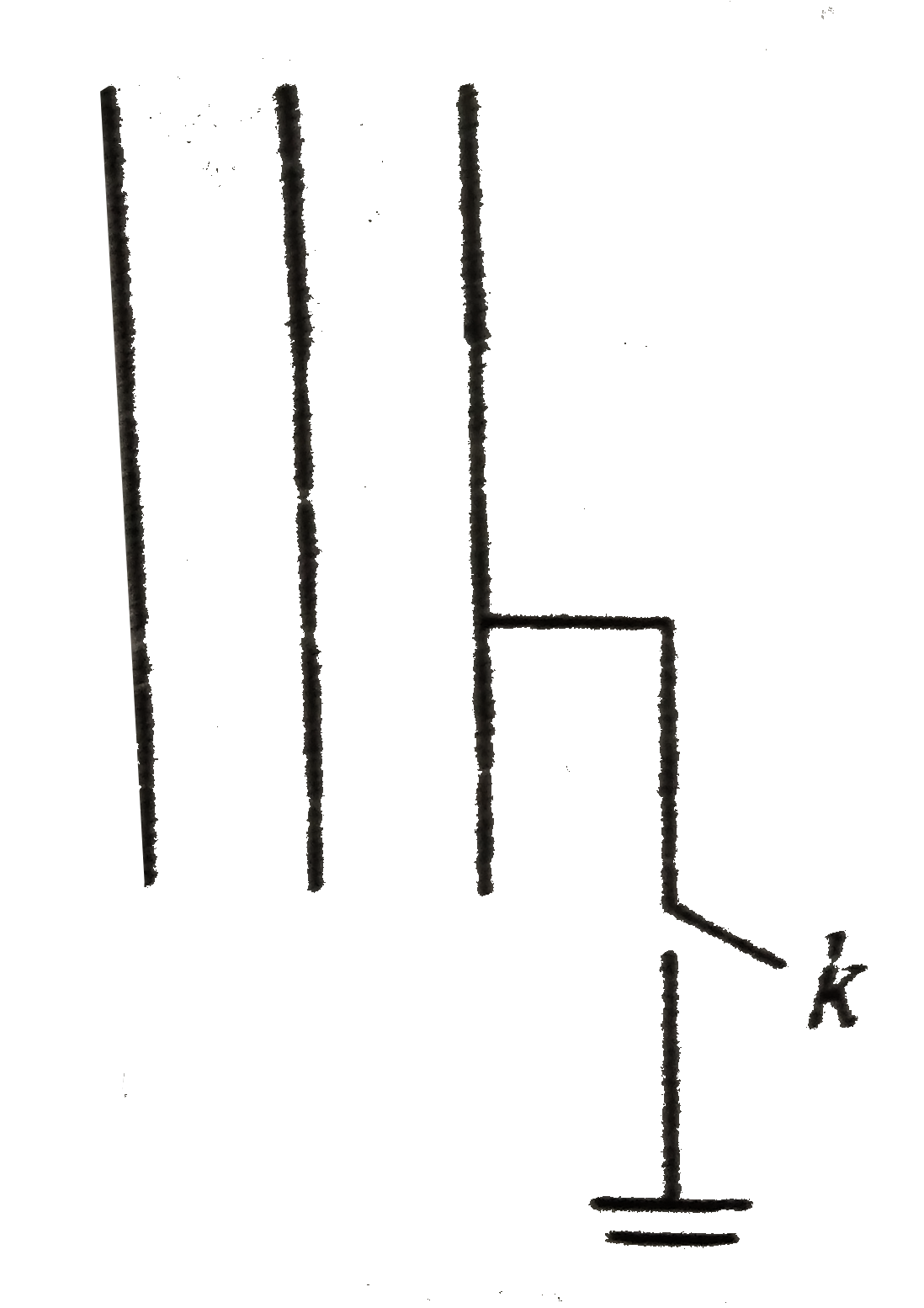 .
.
View SolutionThree identical plates of area A are arranged as shown. A charge +Q is given to plate (2). Then,
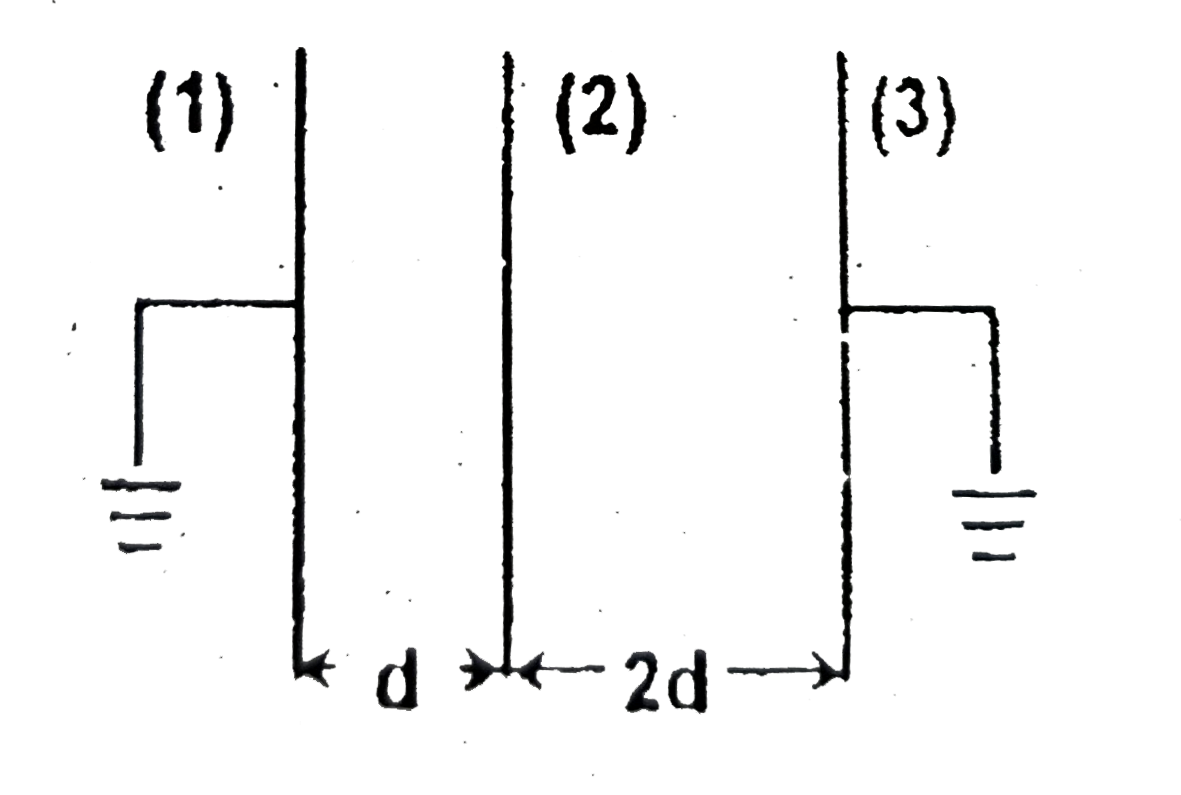
View SolutionIn the circuit shown, if a wire is connected between points A and B. How much current will flow through that wire?
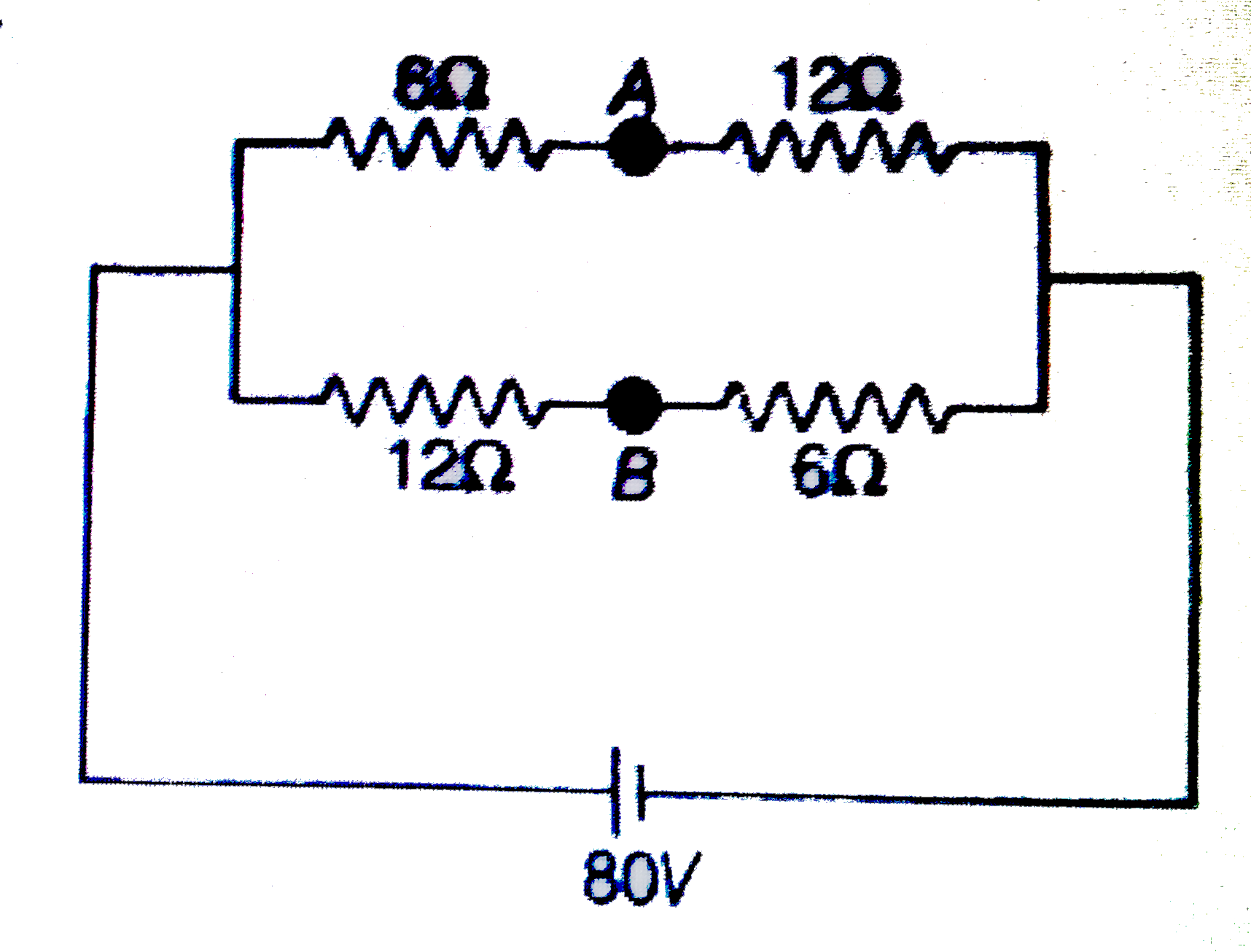
View SolutionTwo charges −q each are separated by distance 2d. A third charge +q is kept at mid-point O. Find potential energy of +q as a function of small distance x from O due to −q charges. Prove that the charge at O is in an unstable equilibrium.
View Solution
